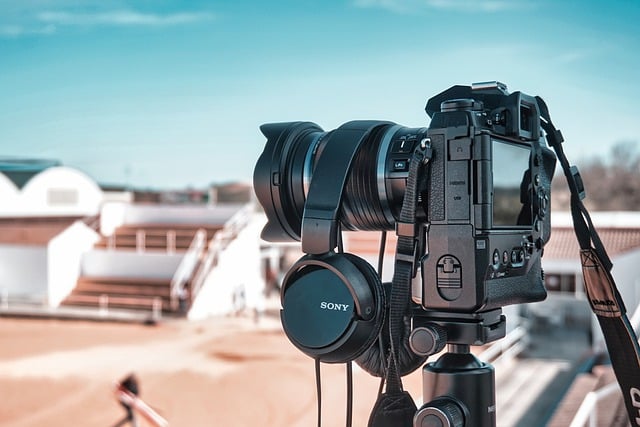Converting DivX to MOV is a powerful way to make videos compatible with various platforms and devices while preserving high-quality content. This process involves transcoding video data from DivX (efficiently compressed) to H.264, used in MOV files, ensuring optimal visual quality and reduced file sizes. It's particularly beneficial for online streaming and professional video production, enabling seamless access and enjoyment across multiple devices. Tools like Convert DivX to MOV simplify this optimization process, allowing users to retain exceptional image clarity even at low bitrates, making MOV an ideal format for content distribution.
Experience crystal-clear videos without sacrificing storage space! This guide explores how to achieve exceptional image quality at remarkably low bitrates using the powerful combination of DivX and MOV formats. Learn the ins and outs of these codecs, and discover how converting DivX to MOV can optimize video quality while minimizing file size. Whether you’re streaming or sharing, this technique ensures your videos look great without overwhelming your bandwidth or storage limits.
Understanding DivX and MOV Formats

DivX and MOV are two popular video formats, each with its unique strengths and use cases. DivX, short for DivX Media Format, is known for its ability to compress videos while maintaining high quality, making it ideal for streaming and online content delivery. On the other hand, MOV (or QuickTime) is a format developed by Apple, commonly used in professional video production and known for its versatility and support for various codecs and audio/visual tracks.
Converting DivX to MOV can be beneficial when you need to make videos compatible with different platforms or devices. This process allows users to enjoy high-quality content without sacrificing playback capabilities. The conversion process often involves transcoding, where the video data is converted from one codec (DivX) to another (often H.264 used in MOV), ensuring optimal visual fidelity while reducing file size.
Optimizing Video Quality with Convert DivX to MOV

Optimizing video quality is made easier with tools like Convert DivX to MOV. By converting your DivX files to MOV format, you can significantly enhance the visual experience while maintaining efficient file sizes. This process ensures that your videos retain exceptional image clarity, even at low bitrates. The MOV format is renowned for its robust compression capabilities without compromising on picture quality, making it an ideal choice for streaming and sharing content.
The conversion process involves a few simple steps: select the DivX video, choose MOV as the output format, and adjust settings to suit your desired quality level. With this done, you can bid farewell to concerns about video quality loss and enjoy crisp visuals regardless of the bitrate.
Converting DivX to MOV can significantly enhance video quality while maintaining exceptional image clarity at low bitrates. By understanding these formats and optimizing your conversion process, you can enjoy high-quality videos with minimal file sizes. This is particularly useful for streaming and sharing purposes, ensuring that viewers experience crisp visuals without compromising on performance.
